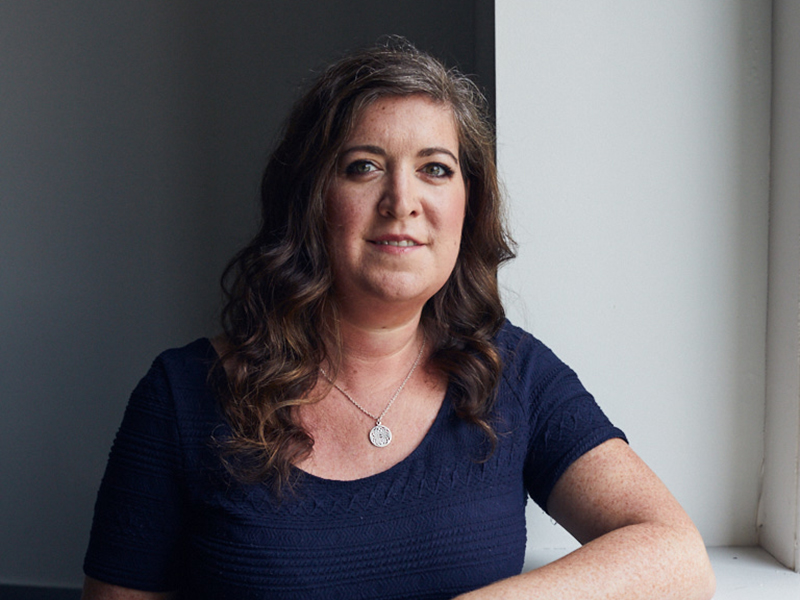

Coined by Canadian philosopher Marshall McLuhan, “the medium is the message” proposes that a medium, rather than the content it carries, is what shapes and controls “the scale and form of human association and action.”
Whether they realize it or not, many plan sponsors have been following this philosophy in their communications strategies, as they consider the ways in which they share information with their plan members rather than relying solely on the content of that messaging.
Indeed, pension communications were once made up of a hefty and unreadable pile of pages; but delivery methods have evolved significantly. These days, it’s more common for plan sponsors to send out personalized emails, connect with members via online apps, share retirement calculators or host in-person workshops and seminars. All of these mediums broaden out the ways in which employees can learn about their savings plans.
Read full coverage from the 2020 DC Plan Summit
In February, during the 2020 Defined Contribution Plan Summit’s opening keynote session, conference delegates heard about different types of communications. Since some people interpret things symbolically while others do so literally — these are two very distinct ways of learning — why would plan sponsors use a single medium to communicate to all of their employees?
The session set the stage for an informative two days that revisited the theme of communication as it ties into plan member engagement. Three plan sponsor case studies, covering a Canadian, U.S. and international employer, respectively, shared how each employer is ramping up their communications with employees, including switching up the traditional mediums used to reach them.
Mike Olsson, vice-president of human resources and professional development at PCL Construction, shared how the company is combatting employees’ apathy over their DC plans. PCL’s range of communication mediums include early education through two meetings when a new employee joins, followed by ongoing education sessions, a Friday e-newsletter that touches on the plan, face-to-face sessions, information on the intranet and an annual wellness fair.
Read: How PCL Construction balances its DC plan and employee share plan
Read: Using automatic tools to engage employees in retirement saving
For Chicago-based Harris Associates, its most effective medium is an online interactive tool that allows plan members to determine their retirement wellness score. They can see whether they’re in the red, yellow or green, and then pull levers — such as increasing contributions — to improve colours and, subsequently, be better prepared for retirement, said Gracie Inacay, the organization’s former executive director and head of HR.
Editor’s Note
The April issue of Benefits Canada was written and on its way to press before the coronavirus pandemic began affecting Canadian employers and employees. For all of our online coverage on the topics plan sponsors need to know to support their employees during this unprecedented time, please visit our website.
In a case study about U.K.-based Starr Companies’ DC plan overhaul, Keith Baker, the organization’s payroll and benefits manager, said it rolled out a new communications strategy to ensure staff were engaging with the plan. He advised the audience to keep messages simple, clear, transparent and honest. The company even hosts pizza and pensions meetings, which is a creative way to ensure members are learning about the plan. Baker also suggested that plan sponsors simplify how employees can connect with their DC plan — if they have to fill out a form, the employer can add in the basic information they already have to lessen the load for members.
Read: Getting creative to engage employees with pensions
And in the conference wrap-up, Zaheed Jiwani, principal and leader of the DC consulting group at Eckler Ltd., returned to the keynote presentation’s comparison of literal and symbolic communications, noting he doesn’t believe it’s an either-or situation. He said people learn through stories because these stories resonate.
This is one reason Benefits Canada always aims to share plan sponsor case studies, no matter the medium — whether it’s events, online news or print features — and we’ll continue to share your stories as long as you share them with us.
Jennifer Paterson is editor of Benefits Canada.
